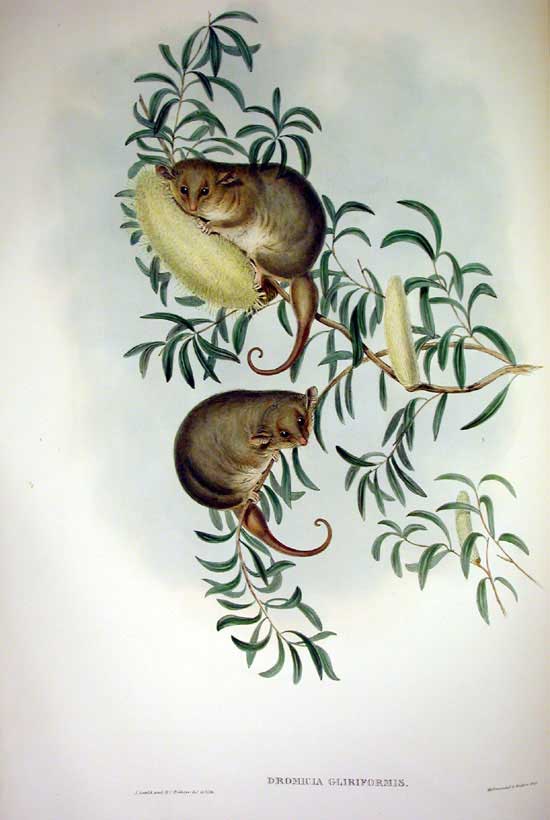Facts About Eastern pygmy possum
The eastern pygmy possum is a diminutive marsupial native to southeastern Australia, spanning from southern Queensland to eastern South Australia and Tasmania. These charming creatures thrive in a variety of habitats, including rainforests, sclerophyll forests, woodlands, and heathlands.
Weighing a mere 15 to 43 grams, these possums may be small, but they are tenacious. They have a body length of 7 to 9 centimeters and a tail that extends an additional 8 to 11 centimeters. Their diet comprises nectar, pollen, insects, and soft fruits, making them quite versatile eaters.
Eastern pygmy possums are exceptional climbers and predominantly nocturnal. They seek refuge in tree hollows, stumps, and even abandoned bird nests. Regarding reproduction, females typically have two litters annually, usually giving birth to four offspring per litter. The young remain in the mother's pouch for about 33 to 37 days and are weaned at 60 to 65 days. They reach their full adult size at five months and can begin breeding as early as three months old.
First described by François Péron in 1802, these possums belong to the genus Cercartetus. They are also known by several other names, including dwarf phalanger, pygmy possum, and pygmy opossum. Remarkably, fossils of this species have been discovered in late Pleistocene and Holocene cave deposits in southeastern Australia.
While the International Union for Conservation of Nature (IUCN) lists the eastern pygmy possum as a species of least concern, their conservation status can vary at the state level within Australia, with some regions categorizing them as vulnerable. These possums face numerous predators, including birds, snakes, and mammals such as quolls, Tasmanian devils, and foxes. They are also vulnerable to parasites such as fleas, mites, nematodes, and ticks.
